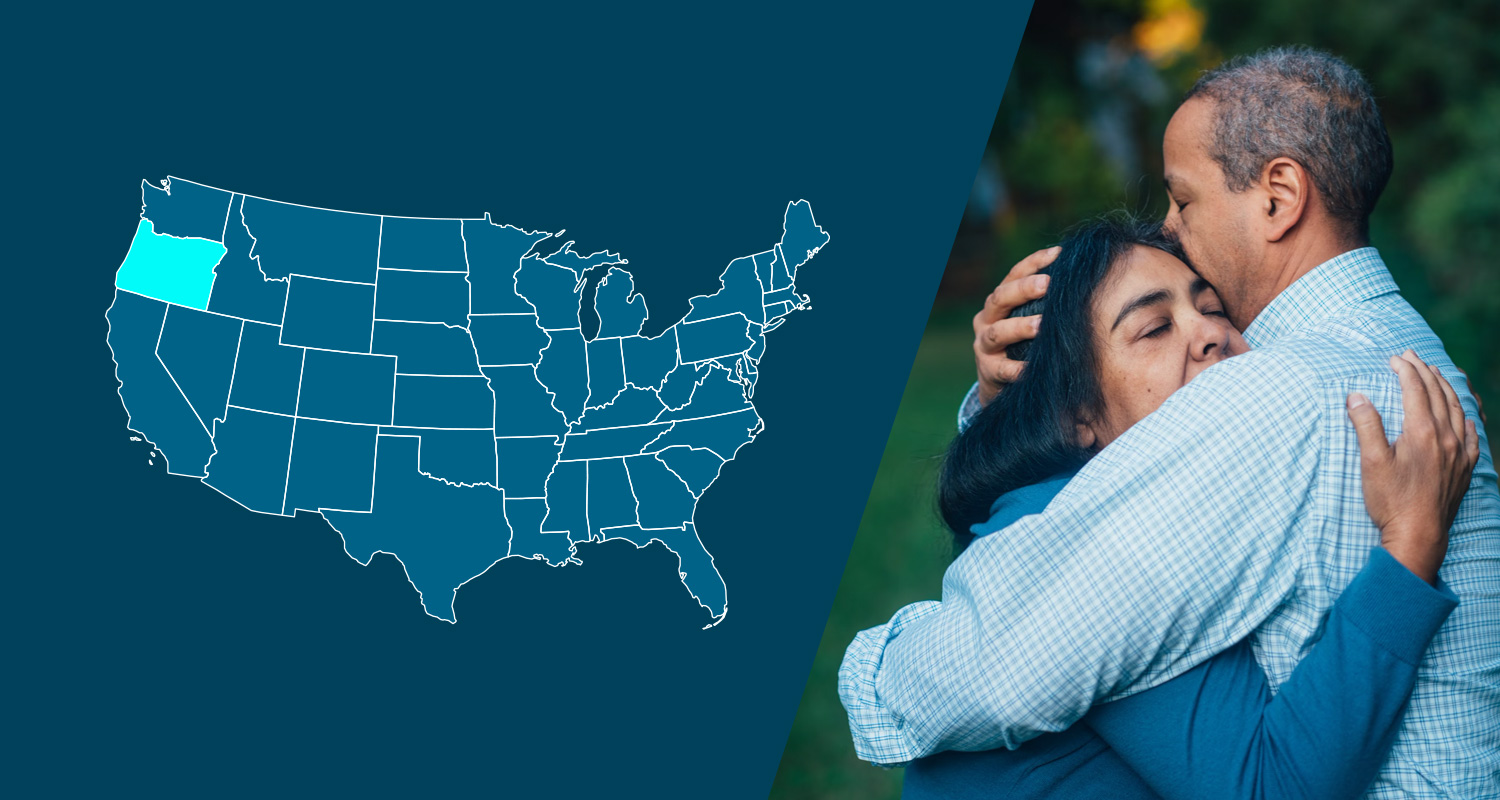On November 2, 2017, the IRS updated the Question and Answer portion of their website to include a “Making an Employer Shared Responsibility Payment” section (otherwise known as the “employer mandate” or “pay or play mandate”), signaling that the IRS will begin issuing penalty letters in the near future.
The Q&A section states the following:
- How does an employer know that it owes an employer shared responsibility payment?
The general procedures the IRS will use to propose and assess the employer shared responsibility payment are described in Letter 226J. The IRS plans to issue Letter 226J to an ALE if it determines that, for at least one month in the year, one or more of the ALE’s full-time employees was enrolled in a qualified health plan for which a premium tax credit was allowed (and the ALE did not qualify for an affordability safe harbor or other relief for the employee).
Letter 226J will include:
- a brief explanation of section 4980H,
- an employer shared responsibility payment summary table itemizing the proposed payment by month and indicating for each month if the liability is under section 4980H(a) or section 4980H(b) or neither,
- an explanation of the employer shared responsibility payment summary table,
- an employer shared responsibility response form, Form 14764, “ESRP Response”,
- an employee PTC list, Form 14765, “Employee Premium Tax Credit (PTC) List” which lists, by month, the ALE’s assessable full-time employees (individuals who for at least one month in the year were full-time employees allowed a premium tax credit and for whom the ALE did not qualify for an affordability safe harbor or other relief (see instructions for Forms 1094-C and 1095-C, Line 16), and the indicator codes, if any, the ALE reported on lines 14 and 16 of each assessable full-time employee’s Form 1095-C,
- a description of the actions the ALE should take if it agrees or disagrees with the proposed employer shared responsibility payment in Letter 226J, and
- a description of the actions the IRS will take if the ALE does not respond timely to Letter 226J.
The response to Letter 226J will be due by the response date shown on Letter 226J, which generally will be 30 days from the date of Letter 226J.
Letter 226J will contain the name and contact information of a specific IRS employee that the ALE should contact if the ALE has questions about the letter.
- Does an employer that receives a Letter 226J proposing an employer shared responsibility payment have an opportunity to respond to the IRS about the proposed payment, including requesting a pre-assessment conference with the IRS Office of Appeals?
Yes. ALEs will have an opportunity to respond to Letter 226J before any employer shared responsibility liability is assessed and notice and demand for payment is made. Letter 226J will provide instructions for how the ALE should respond in writing, either agreeing with the proposed employer shared responsibility payment or disagreeing with part or all or the proposed amount.
If the ALE responds to Letter 226J, the IRS will acknowledge the ALE’s response to Letter 226J with an appropriate version of Letter 227 (a series of five different letters that, in general, acknowledge the ALE’s response to Letter 226J and describe further actions the ALE may need to take). If, after receipt of Letter 227, the ALE disagrees with the proposed or revised employer shared responsibility payment, the ALE may request a pre-assessment conference with the IRS Office of Appeals. The ALE should follow the instructions provided in Letter 227 and Publication 5, Your Appeal Rights and How To Prepare a Protest if You Don’t Agree, for requesting a conference with the IRS Office of Appeals. A conference should be requested in writing by the response date shown on Letter 227, which generally will be 30 days from the date of Letter 227.
If the ALE does not respond to either Letter 226J or Letter 227, the IRS will assess the amount of the proposed employer shared responsibility payment and issue a notice and demand for payment, Notice CP 220J.
- How does an employer make an employer shared responsibility payment?
If, after correspondence between the ALE and the IRS or a conference with the IRS Office of Appeals, the IRS or IRS Office of Appeals determines that an ALE is liable for an employer shared responsibility payment, the IRS will assess the employer shared responsibility payment and issue a notice and demand for payment, Notice CP 220J. Notice CP 220J will include a summary of the employer shared responsibility payment and will reflect payments made, credits applied, and the balance due, if any. That notice will instruct the ALE how to make payment, if any. ALEs will not be required to include the employer shared responsibility payment on any tax return that they file or to make payment before notice and demand for payment. For payment options, such as entering into an installment agreement, refer to Publication 594, The IRS Collection Process.
- When does the IRS plan to begin notifying employers of potential employer shared responsibility payments?
For the 2015 calendar year, the IRS plans to issue Letter 226J informing ALEs of their potential liability for an employer shared responsibility payment, if any, in late 2017.
For purposes of Letter 226J, the IRS determination of whether an employer may be liable for an employer shared responsibility payment and the amount of the potential payment are based on information reported to the IRS on Forms 1094-C and 1095-C and information about full-time employees of the ALE that were allowed the premium tax credit.
Employer Action Item:
For the 2015 calendar year, the IRS plans to issue 226J letters in late 2017. Applicable large employers should ensure they have all information necessary to appeal any proposed penalty assessments (if necessary), including payroll records and documentation regarding how offers of coverage are made. If an employer receives a Letter 226J from the IRS, they may only have a short period of time to respond (generally 30 days from the date of the letter). It will be important for the employer to notify and work closely with any previous or current ACA reporting vendor to be able to respond to the IRS by the deadline.
Helpful Links:
The information and materials on this blog are provided for informational purposes only and are not intended to constitute legal or tax advice. Information provided in this blog may not reflect the most current legal developments and may vary by jurisdiction. The content on this blog is for general informational purposes only and does not apply to any particular facts or circumstances. The use of this blog does not in any way establish an attorney-client relationship, nor should any such relationship be implied, and the contents do not constitute legal or tax advice. If you require legal or tax advice, please consult with a licensed attorney or tax professional in your jurisdiction. The contributing authors expressly disclaim all liability to any persons or entities with respect to any action or inaction based on the contents of this blog.



